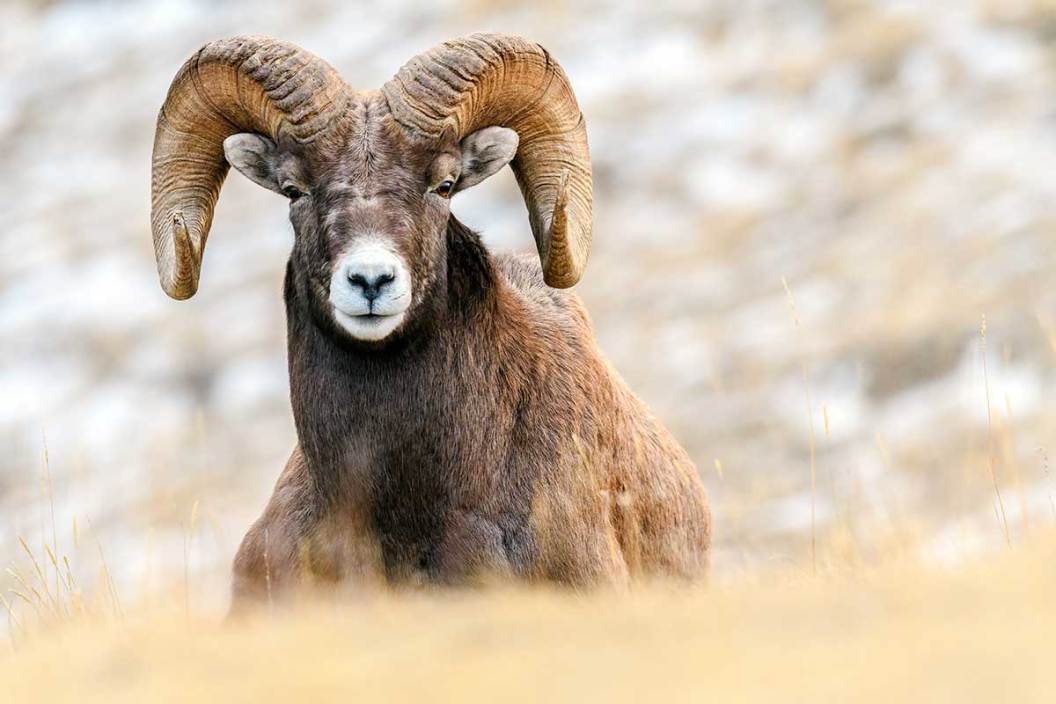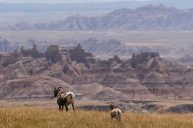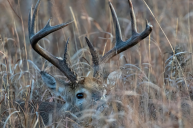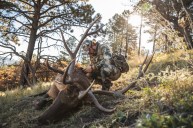Before the modernization of the Americas, bighorn sheep numbers ranged between 1.5 and 2 million. Hunters and disease did serious damage to the numbers throughout the 1800s and most of the 1900s, and by 1960, the total bighorn sheep population was estimated to be around 8,000 adults. We have since put a lot of conservation efforts into fighting against bighorn sheep issues, and their population now stands between 50 and 60 thousand. That is a good improvement, but not for nearly 60 years of conservation. For example, whitetail deer went from about 300,000 adults in the 1930s to over 30 million adults today. Now whitetails present an overpopulation issue, but their growth is undoubtedly thanks to conservation efforts.
That may make you scratch your head and think, "Well, why are bighorn numbers not growing? There has to be something missing, right?" That missing component is the domestic sheep industry. They butt heads (pun intended) with wild sheep populations so much so that thousands of wild bighorns die yearly from diseases transferred from domestic sheep to wild populations. We'll dive a little deeper into the subject, and help explain why the biggest issue facing wild bighorn sheep is the presence of their domestic cousins.
Bighorn Sheep & Pneumonia
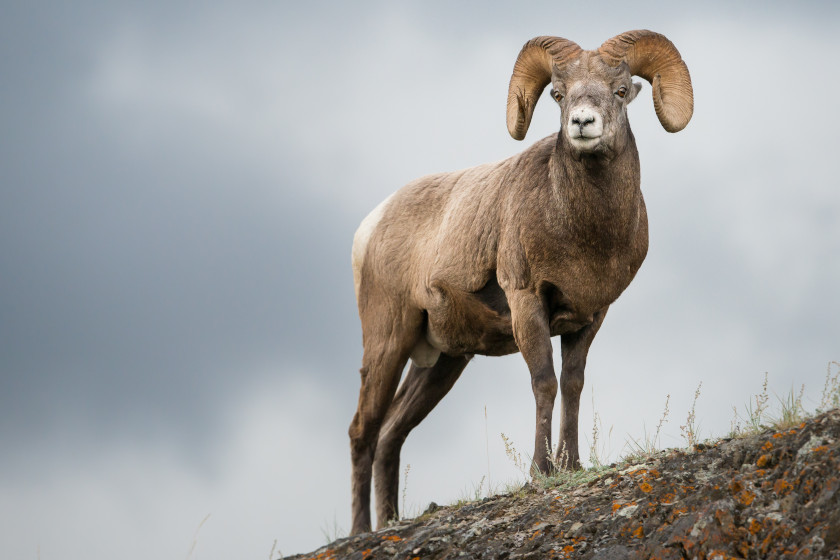
Getty Images: Jillian Cooper
It's a known fact that domestic sheep farmers encroach on wild sheep habitats, brokering deals to share grazing lands that are within the wild range of bighorns and other species. Domestic and wild sheep are not exactly intermingling on the mountainside, but they can occupy the same land at different times. While the spread of diseases that require physical contact is low, those diseases that linger around in certain environments are the main ones causing trouble. Bacterial diseases, left behind in soil, on plants, and in domestic sheep excrement, are the main concern.
In many cases, the disease bighorns will pick up is pneumonia. The host of different bacteria that cause pneumonia in wild bighorns does not seem to bother domestic sheep populations in the same way. Many domestic sheep seem to carry it and therefore spread it, but show little symptomatic signs of it.
This disease can spread like wildfire through a bighorn herd. You only need one bighorn sheep to contract it and bring it back to the herd. Research spearheaded by the U.S. Geological Survey shows that once a bighorn herd is exposed to pneumonia, 50% to 80% of the population will die, and the surviving bighorns will have reduced recruitment of lambs in the coming year. Many of those lambs will also not make it to adulthood because their parents carry and pass on pneumonia to them. Once the lamb is weaned from its mother and no longer receives her antibodies, it will soon develop pneumonia and die.
The Nature of Bighorns
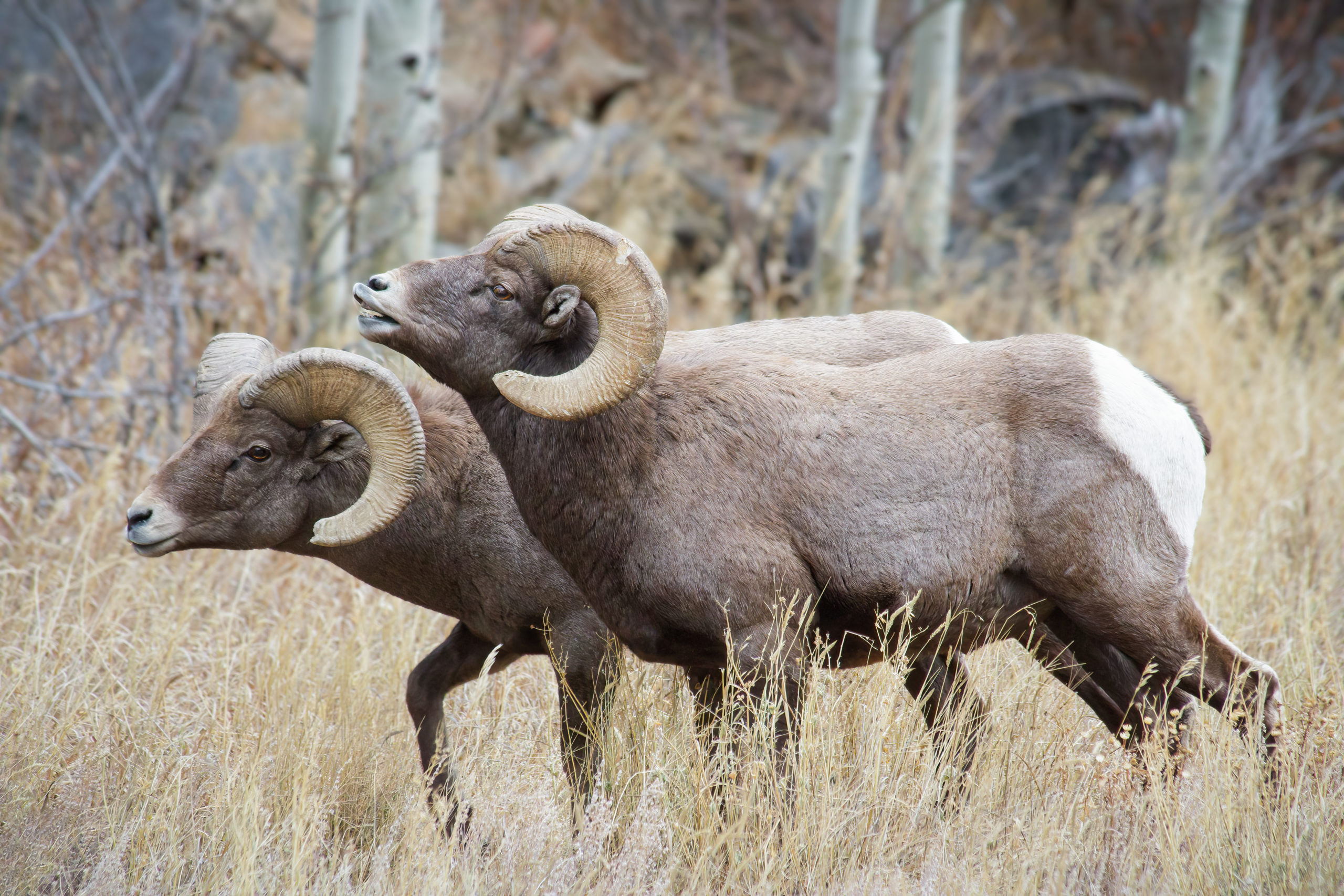
Gary Gray via Getty Images
There is also a significant concern with the way bighorns rut. Younger males are not usually allowed to breed thanks to their hierarchy system, and all the females are therefore reserved for the more dominant older males. That means young males often go looking for ewes elsewhere. They can travel for dozens of miles in search of ewes, and they frequently bump into areas domestic sheep have been.
Once the rutting behavior has cooled down, they return to a herd and likely spread that pneumonia. Again, over 50% of the herd can die from exposure like this. Even though most of them stayed put and did not go near the domestic sheep, the circumstances can lead to their demise. This is why it is so vital to keep domestic sheep far from bighorns, and there are plenty of changes to the domestic sheep industry that many bighorn conservation advocates would like to see.
The Issues With the Domestic Sheep Industry
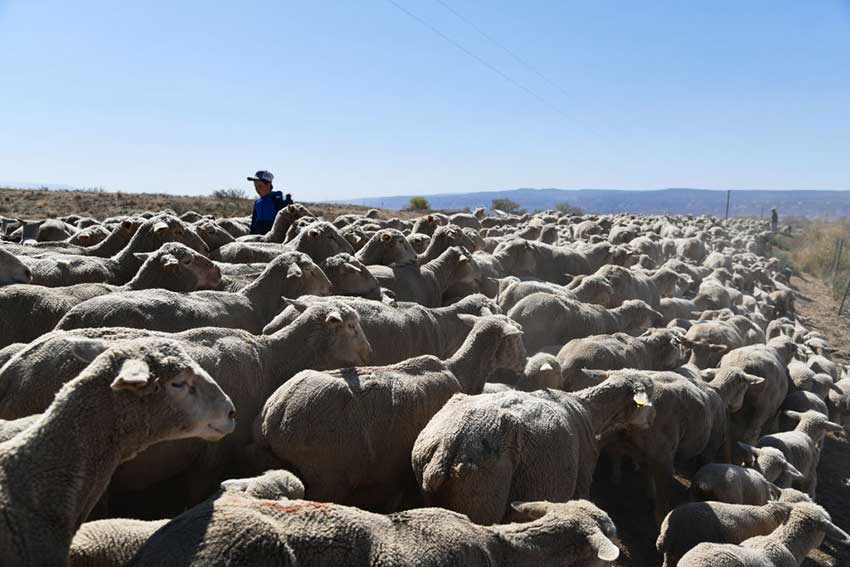
Hyoung Chang/MediaNews Group/The Denver Post via Getty Images
The truth is that the domestic sheep population in the United States has been declining for the past century because their demand is becoming lower and lower. If you are a company that wants to make wool products, you are likely sourcing it from high-quality producers in New Zealand, not the lower-quality wool we have here in the U.S.
Meat from sheep, or mutton, is also not very popular in the United States. When was the last time you had mutton? Plenty of us have probably never had it. So if the wool is not the best, and we are not eating it, why do we still need it? Economists have looked into this because some federal subsidies get shoveled into the domestic sheep industry.
Yes, sheep can be milked, and domestic sheep milk is used to make cheeses, ice cream, soap, and other dairy products. Like other animals, sheep produce a fair amount of manure that can be used as fertilizer. They are also reasonably good at mowing down an area through grazing. Some products are made from their leather, and a substance called lanolin that's found in their wool is used to make cosmetics, adhesives, lubricants, and more.
Even with all of that, the domestic sheep industry adds $5.8 billion to the U.S. economy each year, according to a 2017 study. That is why they still get subsidies, because the economy still gets a return from the government's investment.
That may sound like a lot of money to you and me, but it isn't in comparison. The cattle industry produces upwards of $900 billion per year. Plus, the products we get from domestic sheep could easily be sourced from other animals. Goats are much more common and could likely replace most if not all of the products that sheep produce, excluding wool, of course.
The sooner we control and maintain the domestic sheep populations, the better off bighorns will be. But when money like that is involved, you can see where the issues lay.
How to Help Bighorn Sheep
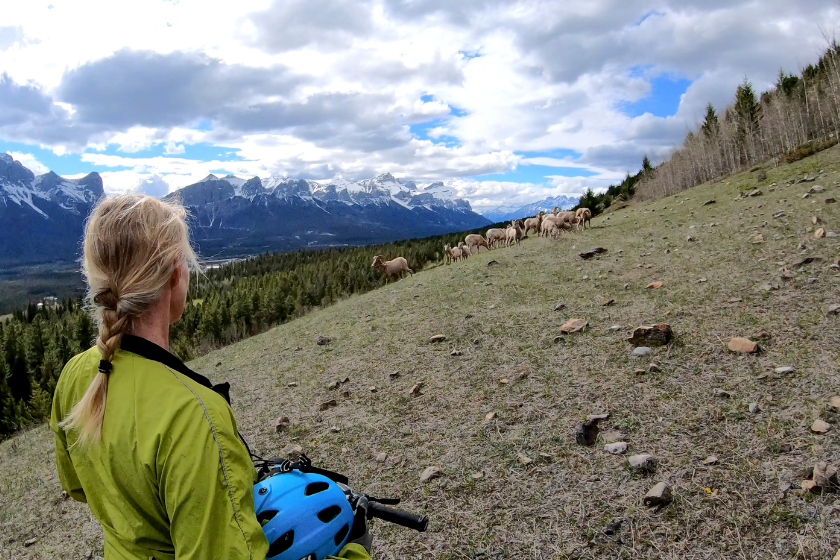
AscentXmedia via Getty Images
Unfortunately, the battle for bighorns against domestic sheep takes place in the realm of politics. The sheep industry relentlessly lobbies for political support to keep their industry alive; frankly, they have more money than the bighorn conservationists have.
Luckily, conservation-minded folks have banded together and formed non-profits that support bighorn populations, most notably the Wild Sheep Foundation that started in the '70s. You can donate to the cause, become a member, or support bighorns through volunteer projects and advocacy.
Another important thing you can do is to contact your local representatives and let them know that when it comes time to vote on sheep policy, they should side with wild sheep over their domestic counterparts. Inform yourself with facts, understand the connectivity between animals species and their habitats, and champion the conservation efforts that allow for native wild sheep to thrive in North America.
